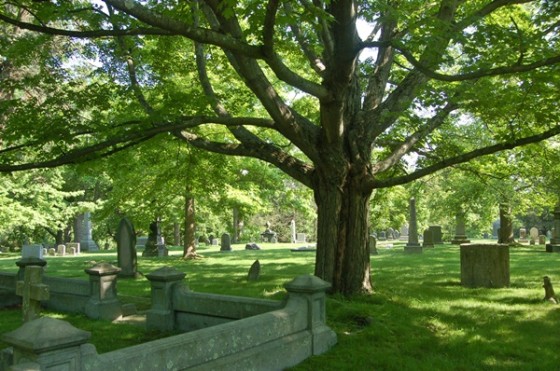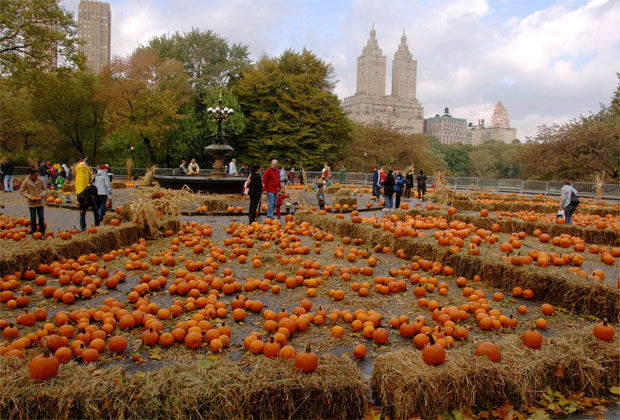This Halloween week inspires images of witches weaving spells in the woods and ghostly creatures in the night. Groves and forests have been imagined as places where our ancestors roam, where the trees may reach out to grab you, or where a “Divine Sacred” dwells. The ancient Greeks consecrated “the finest among their trees to some divinity.”
The sacred often takes on spatial form, whether the scale of significance be individual or societal, and is often expressed as place. Lewis Mumford observed in The City in History (1961) that burial grounds, shrines, cairns and other sacred sites (including groves or forests) served as the nuclei of human settlements because they provided cultural magnets and prominent sites to which our nomadic ancestors would return.

Set aside lands, particularly those having distinctive or dramatic features, have been prominent sacred places across cultures. We interviewed a U.S. National Parks planner who told of fascinating connections between the spiritual and the landscape,
“The origins of the parks movement in developed nations harkens back to earlier civilizations and the antiquities. Parks were places where gods and deities would rest and reside when coming to the human world. Parks and gardens were the places to host gods and spirits. In time these beliefs about the presence of revered beings became more formalized in religious doctrine, adding layers of ritual to the human encounter with sacred.”
Eventually such activities were formalized as standardized ceremonies and conducted within the grand architectures of temples, churches, and mosques. Philosophical distinctions between wilderness and civilization, and the sacred and the profane, had been an enduring topic in Europe, and was renewed by early Americans, such as Henry David Thoreau and the Transcendentalists.
The historic American relationship to nature can be described as overlapping sequences of exploration, exploitation, conservation, and sustainability. In every sequence there are clear examples of nature as sacred or salient to American identity. In the mid-1800s a shift towards a romantic view of nature began to take hold. Wilderness became sublimely beautiful and a place to experience truth and spirituality rather than being a dark and threatening space. For instance, early political appeals to dedicate a National Parks System were premised on dramatic, symbolic imagery about the grandeur and a nativistic expression of the sacred in landscape. John Muir’s first hand accounts of lands that would eventually become world-renowned landscape preserves are still quoted extensively as representations of ‘sublime’ wild landscapes, and a human spiritual dependence on nature.

In the late 1800s Frederick Law Olmsted’s appeals for Central Park and its potential to remedy the social ills of urban dwellers initiated greater attention to natural spaces in the midst of cities. Urban nature is often planned and implemented for a number of services or functions, such as recreation, water management, or beautification. In early American history, the dark wilderness gave way to the awe of the sublime, grand American landscape. In the 21st century it has been translated into functional, pragmatic integrations of urban green spaces that are open and community-serving.
